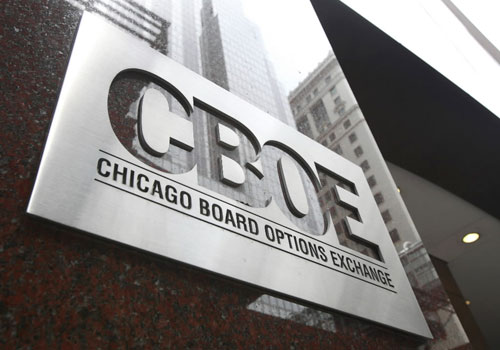Approximately 57% of the senior FX professionals participating in a recent global study from Coalition Greenwich acknowledge that their data management efforts in FX execution need improvement.
Among the major changes affecting FX market structure are rising credit costs, the potential increased use of cleared FX derivatives, electronification, advances in data and analytics, and improvements in execution algorithms.

“As FX market structure evolves, FX trading desks need to enhance their execution management strategies to keep pace,” said Stephen Bruel, Senior Analyst at Coalition Greenwich Market Structure & Technology and author of Data and Workflow Improvements Drive FX Markets Forward.
“The foundation of that effort will be the ability to effectively acquire, process and analyze data,” he said.
For the clients trading FX and the brokers facilitating those transactions, the ability to minimize credit, capital, and margin costs is enabled by data; both pre-trade and post-trade data must be incorporated into execution.
For the buy-side, the ability to calculate the cost difference between executing a cleared and an uncleared FX derivative could impact portfolio performance, according to Bruel.
That decision will be informed by a diverse set of information, such as current positions, internal rate of return on collateral, margin costs from a central counterparty, and more, he said.
“These decisions cannot be made quickly and accurately if someone needs to access data from multiple systems, link the data, run the results, then make the decision. The data needs to be accessible in near-real time,” he stressed.
According to the findings, to stay ahead of the rapid evolution of market structure, FX market participants are planning ambitious investments.
The top targets for increased spending are execution management and analytics, pre-to-post-trade workflows, operations and analytics, and data acquisition and analysis.
Workflow improvements are being driven by settlement risk, and initiatives in the US equity market.
“The move in the U.S. to T+1 for equity settlements will put pressure on FX operations to settle their trades in a timely manner,” commented Bruel.
“Automation efforts in the back office that will help equities settlement will ultimately also yield benefits for the front office as well,” he added.




